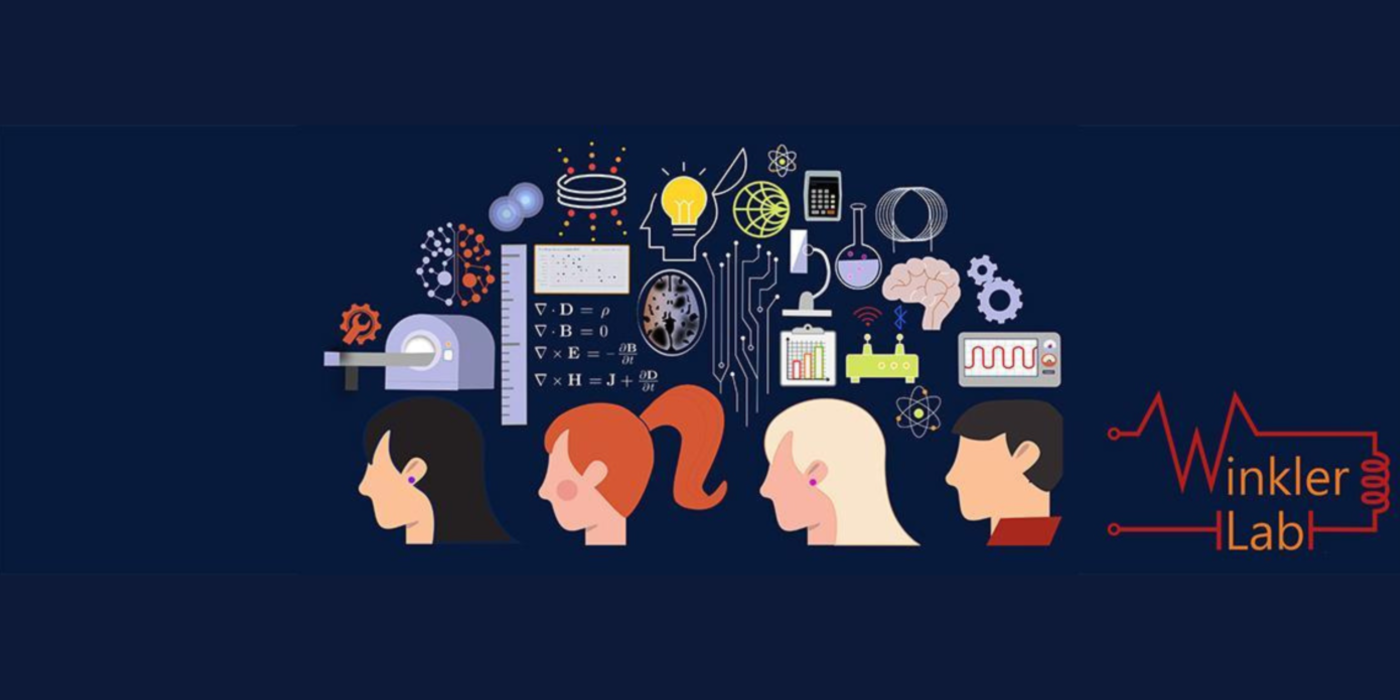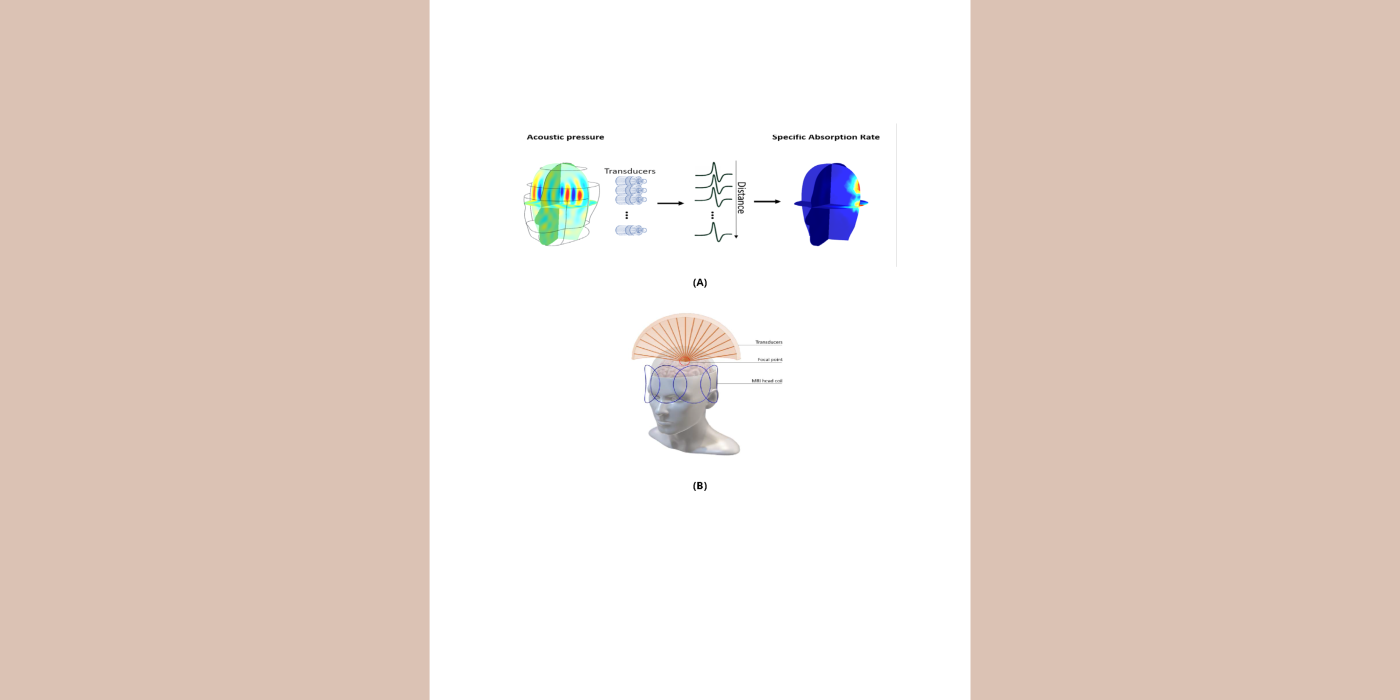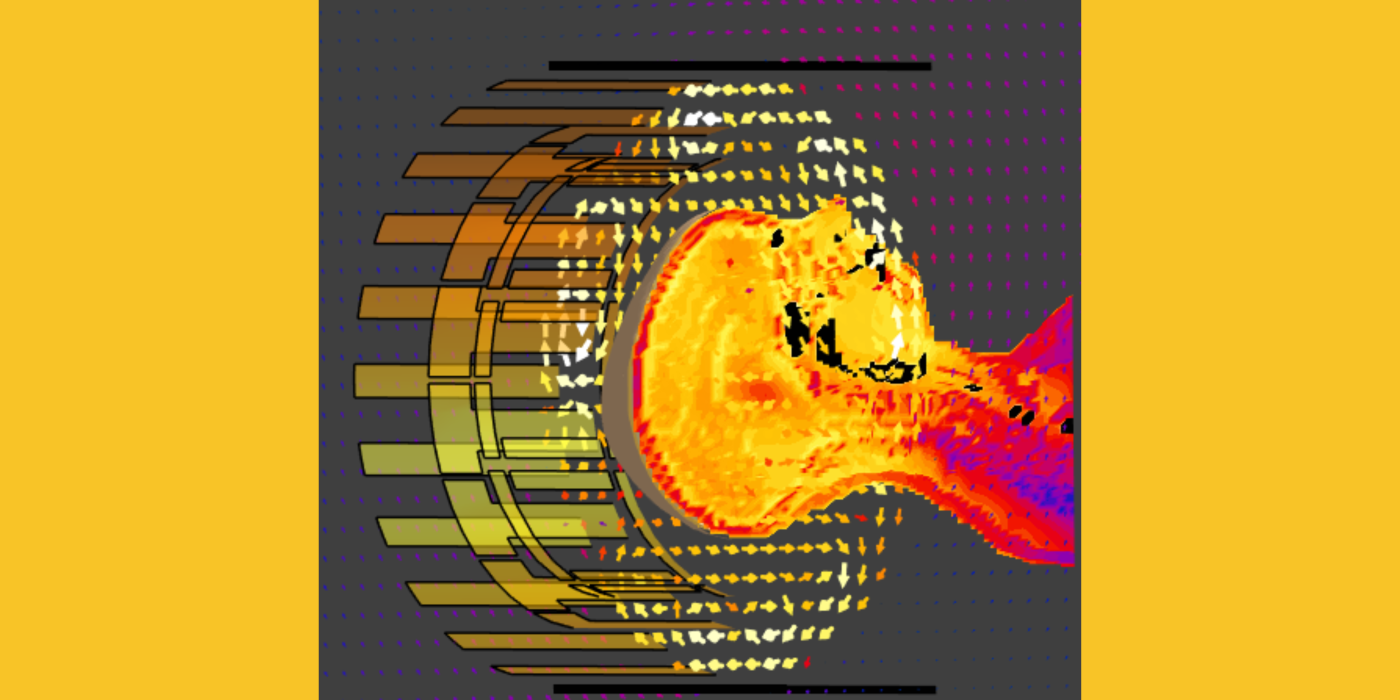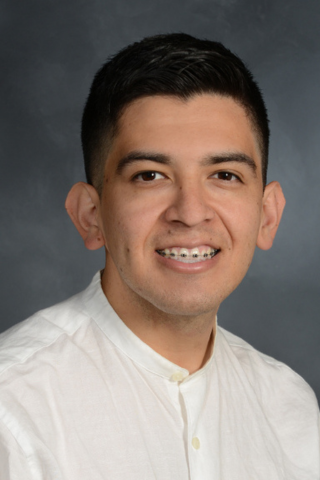

TASAR and MRgFUS
(A) Thermoacoustic specific absorption rate (TASAR) monitoring tool. (B) Magnetic resonance guided focused ultrasound (MRgFUS).

A 2D high-pass ladder RF coil architecture for UHF MRI
High pass ladder radiofrequency (RF) coil. (UHF=ultra high frequency) (MRI=magnetic resonance imaging)

Winkler Lab Retreat 2022
L to R: Elizaveta Motovilova, Tasmia Afrin, Mengying Zhang, Simone Angela Winkler, Shadeeb Hossain, Adrian Hoang, Mina Moghadam

Winkler Lab May 2021
L to R: Isabelle Saniour, Elizaveta Motovilova, Simone Angela Winkler, Sayim Gökyar, Vishwas Mishra

Winkler Lab 2020
L to R: Isabelle Saniour, Simone Angela Winkler, Sayim Gokyar, Elizaveta Motovilova






